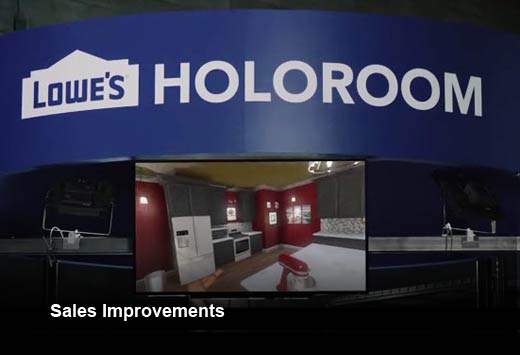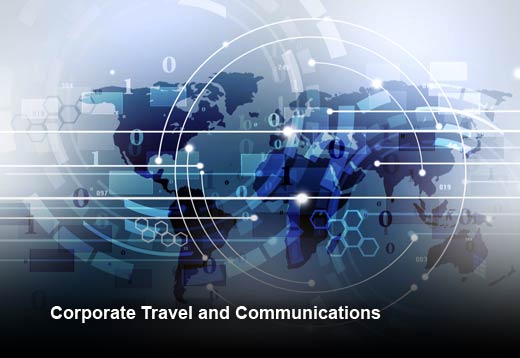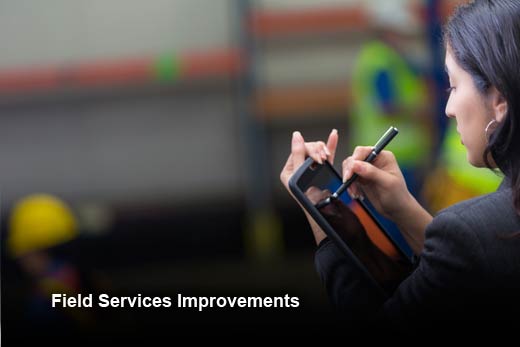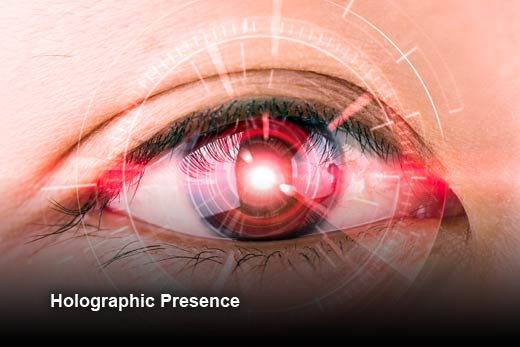Augmented reality and virtual reality technology have an almost limitless potential. They can start new categories – holographic meetings, anyone? – or add a new dimension to established categories. Indeed, these two platforms, which share much underlying technology, join the Internet of Things and artificial intelligence as technologies that excite the imagination of manufacturers, entrepreneurs, investors and, most of all, end users.
Many companies are trying to answer the question of what to do with AR and VR. They’ve already come up with a tremendous amount of good answers, and will create more in the future. This slideshow offers a taste of what experts in this exciting field are thinking about in the realm of enterprise virtual reality and enterprise augmented reality.

Enterprise AR and VR Possibilities
Click through for more on what experts are thinking about in the realm of enterprise virtual reality and enterprise augmented reality.

Modeling with Virtual Reality and Augmented Reality
Virtual reality and augmented reality can help designers get a far more precise idea of what a product will look like and how it will function much earlier in the development process than previously. For instance, Rob Enderle explains that virtual reality can be used to model and design buildings, taking into account factors like changing light conditions, therefore reducing late changes that generally plague projects.

Training and Education with Virtual Reality and Augmented Reality
Virtual reality and augmented reality can add an intensive interactive level to training and education. It can be, according to Deloitte Digital, a “major game changer.” For instance, VR and AR can be a key element of testing and training for procedures in situations in which doing so in real life would be dangerous or impractical. For instance, a surgeon would be able to practice a procedure without endangering a real human.

Sales Improvements with Virtual Reality and Augmented Reality
Virtual reality and augmented reality technology may be the best thing to happen to sales since the invention of the cash register. Products, such as Marxent’s VisualCommerce, which creates a virtual experience for potential customers considering any number of 3D products, are proliferating. Sharon Gaudin at Computerworld offers another simple virtual reality example: “If someone is interested in comparing two different types of smartphones before buying one, testing them both out via virtual reality would be the perfect solution.”
The possibilities are endless, of course.

Manufacturing with Virtual Reality and Augmented Reality
Virtual reality and augmented reality technology can help manufacturers get an idea of how their processes are performing, as it can help them spot problems and areas ripe for improvement. According to Tata Technologies, virtual reality can be used to accelerate and improve decision making in the manufacturing process. Tweaks to procedures that enable better final products can be put in place far more quickly via data collected from the virtual environment.

Corporate Travel, Communications Made Easier with Virtual Reality and Augmented Reality
One of the drivers of unified communications (UC) is the ability to reduce travel. Virtual reality and augmented reality have the same value proposition: Why spend the time and money on the road when the same goals can be accomplished from the office?
The difference is that VR and AR expand greatly on what UC can do alone. Science Alert points to Microsoft’s goal of holoportation with HoloLens: “So if you’re having a business meeting, for example, remote staff members can appear in the same room together…” The technology can also enable a “visit” with grandma.

Field Services Improvements with Virtual Reality and Augmented Reality
One of the most compelling drivers of virtual reality and augmented reality in the enterprise is helping field services. With these tools, experts can see what the technician in the field is seeing, even if he or she is half a world away.
This use alone will be enough to drive VR and AR in many organizations. Field Service says that virtual reality and its applications are hands-free and can let workers watch instructional videos at a job site.

Data Visualization with Virtual Reality and Augmented Reality
Virtual reality and augmented reality may help make sense of another exploding area, Big Data. Oliver Kreylos at the University of California, Davis, explores this more esoteric use of the tools, painting a picture of a data stream that can be manipulated.
This is a big deal: “A virtual-reality data exploration system offers a user the ability to create visualizations of large ‘live’ data sets, i.e., data sets that are transmitted from a running simulation, and to interact with these visualizations to gain better insight into the data.”

Holographic Presence with Virtual Reality and Augmented Reality
Then, of course, we come to the end game of all this: the totally holographic office. This takes the virtual teleconference mentioned earlier to its logical conclusion.
James Corbett at Medium sums it up. It’s not a virtual meeting – it’s a virtual day at the office: “Holographic Computing will give rise to ambient omnipresence for the workplace. Regardless of where you and other members of your distributed team are situated physically you’ll occupy mutual holographic spaces, with all the collaborative affordances of shared concrete rooms.”



















